Vincent Motorcycles
Vincent Motorcycles, a name synonymous with exceptional engineering and unparalleled performance, has left an indelible mark on the world of motorcycling. From their groundbreaking innovations to uncompromising dedication to quality, Vincent Motorcycles set the bar high for the industry. This writing delves into the storied history, iconic models, and enduring legacy of Vincent Motorcycles, showcasing the brand’s commitment to innovation and excellence.
About Vincent Motorcycles
The tale of Vincent Motorcycles is one of passion, ingenuity, and relentless pursuit of perfection. Founded by Philip Vincent, the company became renowned for producing some of the fastest and most advanced motorcycles of its time. Despite its relatively short production run, Vincent Motorcycles has garnered a cult-like following, with enthusiasts and collectors continuing to celebrate the brand’s achievements.
The Origins of Vincent Motorcycles
Philip Conrad Vincent, the visionary behind Vincent Motorcycles, was born in London in 1908. His family’s ranching background in Argentina gave him a unique perspective on mechanical engineering and the importance of robust design. Vincent’s early fascination with motorcycles began during his school years at Harrow, where he owned and modified various bikes, sparking his lifelong passion for motorcycle engineering.
Founding Vincent Motorcycles
Vincent’s ambition to build superior motorcycles led to the establishment of Vincent Engineers Ltd in 1928. Alongside his collaborator Frank Walker, Vincent acquired the rights to the HRD name, a brand that had already earned respect in the motorcycle community. This strategic move allowed Vincent to leverage the HRD moniker’s goodwill while introducing his innovative designs to the market.
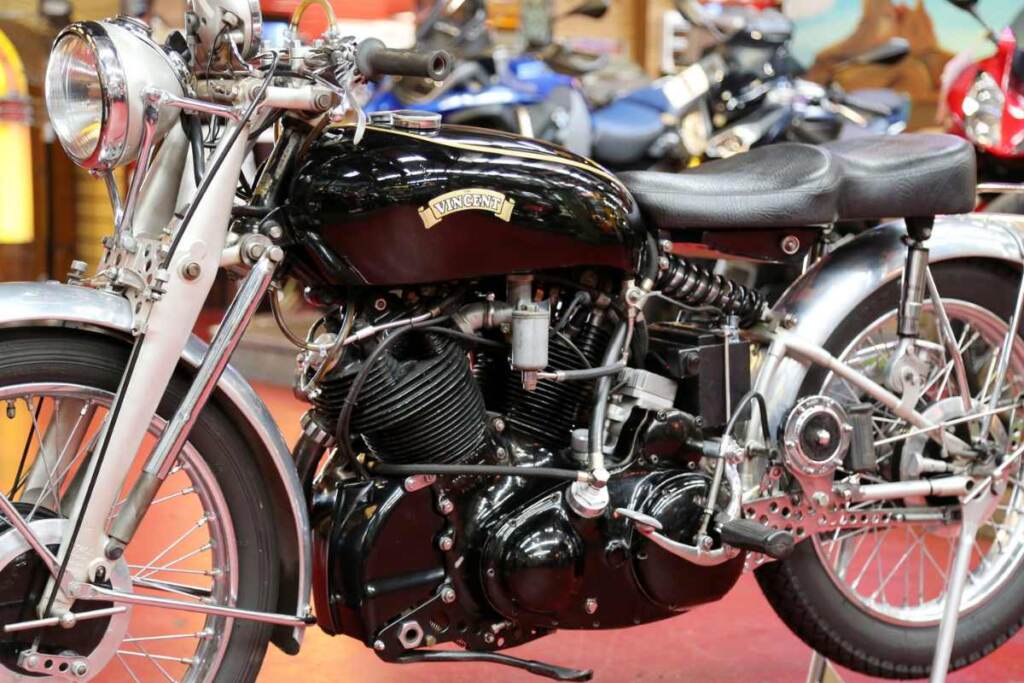
The Engineering Genius of Phil Irving
The partnership between Philip Vincent and Australian engineer Phil Irving was pivotal in shaping Vincent Motorcycles’ legacy. Irving’s practical engineering expertise complemented Vincent’s visionary ideas, resulting in groundbreaking designs that pushed the boundaries of motorcycle technology. Together, they created motorcycles that were not only fast but also mechanically superior.
Innovative Designs and Engineering
One of their most notable innovations was the “Girdraulic” front fork, a hybrid of a girder and telescopic fork. This design provided superior stiffness and mechanical strength, eliminating the common issues of flexibility and binding found in other front suspensions. The Girdraulic forks exemplified the Vincent-Irving philosophy of combining the best aspects of existing technologies to create something truly exceptional.
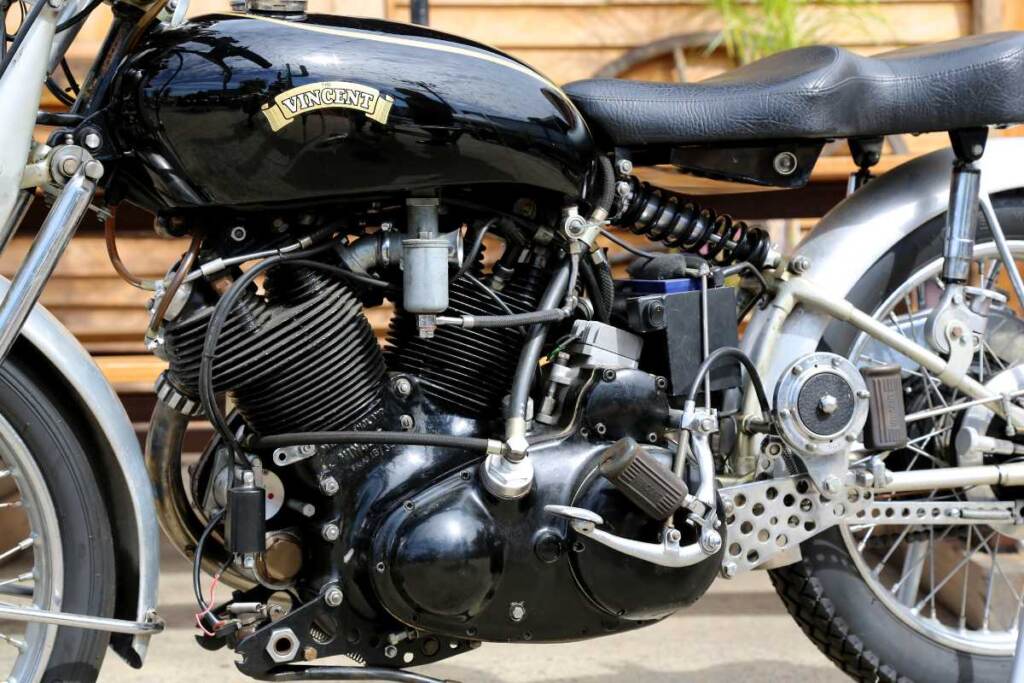
The Iconic Vincent Black Shadow
In 1948, Vincent Motorcycles introduced the Series B Black Shadow, a model that would cement the brand’s reputation for producing the world’s fastest-production motorcycles. The Black Shadow‘s top speed of 122 mph (and even higher in some tests) was unmatched then, and it quickly became a symbol of speed and performance.
Design and Performance
The Black Shadow’s design was a testament to meticulous engineering. It featured adjustable components for a customized riding experience, Tommy bars for quick wheel removal, and high-compression pistons for enhanced performance. The 998cc V-twin engine could deliver 55 horsepower, making it one of the most powerful motorcycles of its era.
Legacy and Impact
The Black Shadow’s legacy endures, with many enthusiasts considering it the pinnacle of motorcycle design. Its speed, handling, and engineering excellence have made it a sought-after collector’s item and a benchmark for subsequent motorcycle developments.
Technological Innovations and Advancements
Vincent Motorcycles were renowned for their attention to detail and user-friendly features. The Black Shadow, for example, offered a full range of adjustments for the gear lever, brake pedal, footrests, and handlebars, allowing riders to tailor the bike to their preferences. This focus on customization set Vincent apart from other manufacturers of the time.
Structural Integrity and Frame Design
One of the most revolutionary aspects of Vincent motorcycles was their frame design. Unlike traditional frames, Vincent’s design utilized a sheet-steel box structure that concealed the fuel tank and extended from the steering head to the rear suspension. This design provided exceptional stiffness and torsional rigidity, enhancing the bike’s handling and stability.
Advanced Engine Technology
Vincent’s V-twin engines were masterpieces of engineering. They featured a high camshaft location to minimize valve gear reciprocating mass and innovative double valve guides for improved performance and durability. These engines were powerful and remarkably reliable, further solidifying Vincent’s reputation for excellence.
Vincent’s Racing Legacy
Vincent motorcycles were not just fast on paper; they were also proven performers on the track. Riders like George Brown and Russell Wright set numerous records on Vincent machines, showcasing their exceptional speed and reliability. The Black Lightning, a racing variant of the Black Shadow, became legendary for its performance in competitive events.
The Influence of Racing on Design
Vincent’s involvement in racing influenced the design and development of their motorcycles. The rigorous demands of racing provided valuable insights that were incorporated into production models, resulting in both fast and durable bikes. This synergy between racing and production was a hallmark of Vincent’s approach to motorcycle engineering.
The Challenges and Triumphs
Vincent Motorcycles faced significant market challenges in the 1950s despite their engineering prowess. The company’s commitment to building high-quality, performance-oriented motorcycles often resulted in higher production costs, making it difficult to compete with mass-market manufacturers. Additionally, the post-war economic climate and changing consumer preferences posed further obstacles.
Partnership with NSU
Vincent partnered with NSU, a German manufacturer, to stay afloat by selling mopeds and lightweight motorcycles under the Vincent name. While financially necessary, this move was seen as a compromise by many enthusiasts who associated the Vincent brand with high-performance machines. Nevertheless, the partnership helped sustain the company during difficult times.
The End of an Era
Vincent Motorcycles ceased production in 1955, but their influence and legacy grew. The brand’s commitment to innovation and quality impacted the motorcycle industry, inspiring future generations of engineers and enthusiasts.
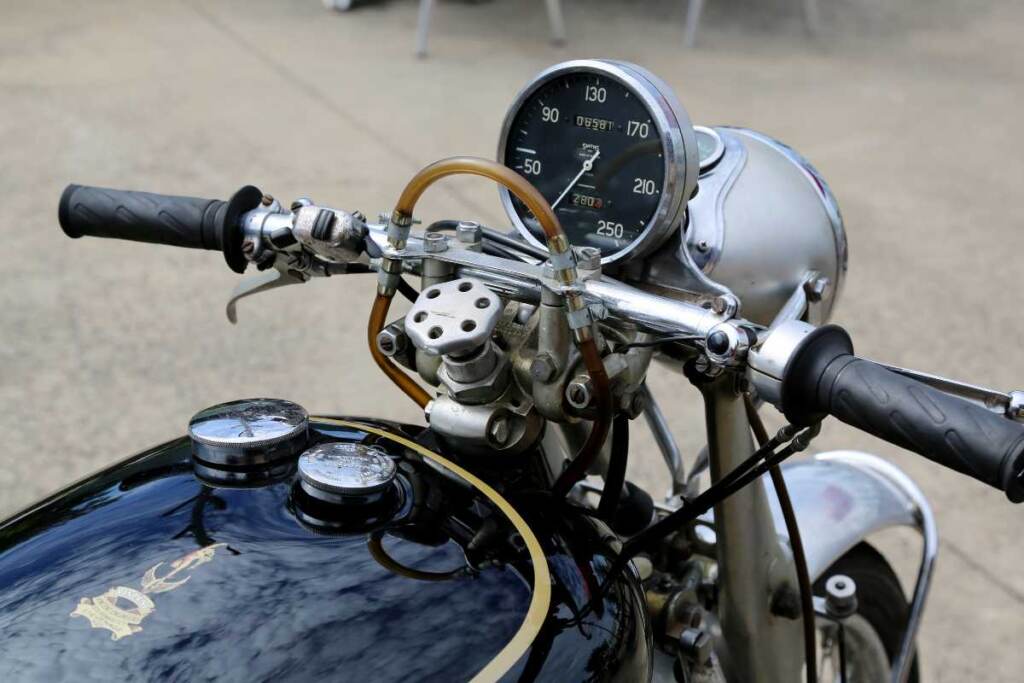
The Enthusiast Community
The Vincent Owners’ Club, founded in 1948, played a crucial role in preserving and promoting Vincent Motorcycles’ legacy. The club provided a platform for owners and enthusiasts to share their passion, exchange technical knowledge, and organize events celebrating the brand’s heritage. Today, the club continues to be a vibrant community dedicated to keeping the Vincent spirit alive.
Restoration and Preservation
Dedicated enthusiasts have meticulously restored many vintage Vincent motorcycles. These restoration projects often involve sourcing rare parts, painstakingly rebuilding engines, and preserving the bikes’ original features. The commitment of these enthusiasts ensures that Vincent motorcycles remain a living testament to the brand’s engineering excellence.
Impact of Vincent Motorcycles
Vincent Motorcycles set new standards for motorcycle design and engineering. Their innovations, such as the Girdraulic forks and the integrated engine-gearbox unit, influenced subsequent motorcycle designs and contributed to the industry’s evolution. The principles of performance, durability, and rider-centric design pioneered by Vincent continue to resonate in modern motorcycles.
Vincent motorcycles have appeared in various films, books, and other media, further cementing their iconic status. The Black Shadow, in particular, has been celebrated in popular culture as a symbol of speed and rebellion. This cultural recognition has helped keep the Vincent legend alive in the public consciousness.
Vincent’s Enduring Legacy
Vincent Motorcycles’ influence can be seen in many modern bikes that prioritize performance and engineering excellence. Manufacturers continue to draw inspiration from Vincent’s innovative designs, incorporating similar principles into their models. The legacy of Philip Vincent and Phil Irving lives on through these contemporary motorcycles.
Collector’s Items and Auction Highlights
Vincent motorcycles, especially the Black Shadow and Black Lightning, are highly sought after by collectors. These bikes often fetch premium prices at auctions, reflecting their historical significance and enduring appeal. Collectors and enthusiasts alike value these machines not only for their performance but also for their place in motorcycle history.

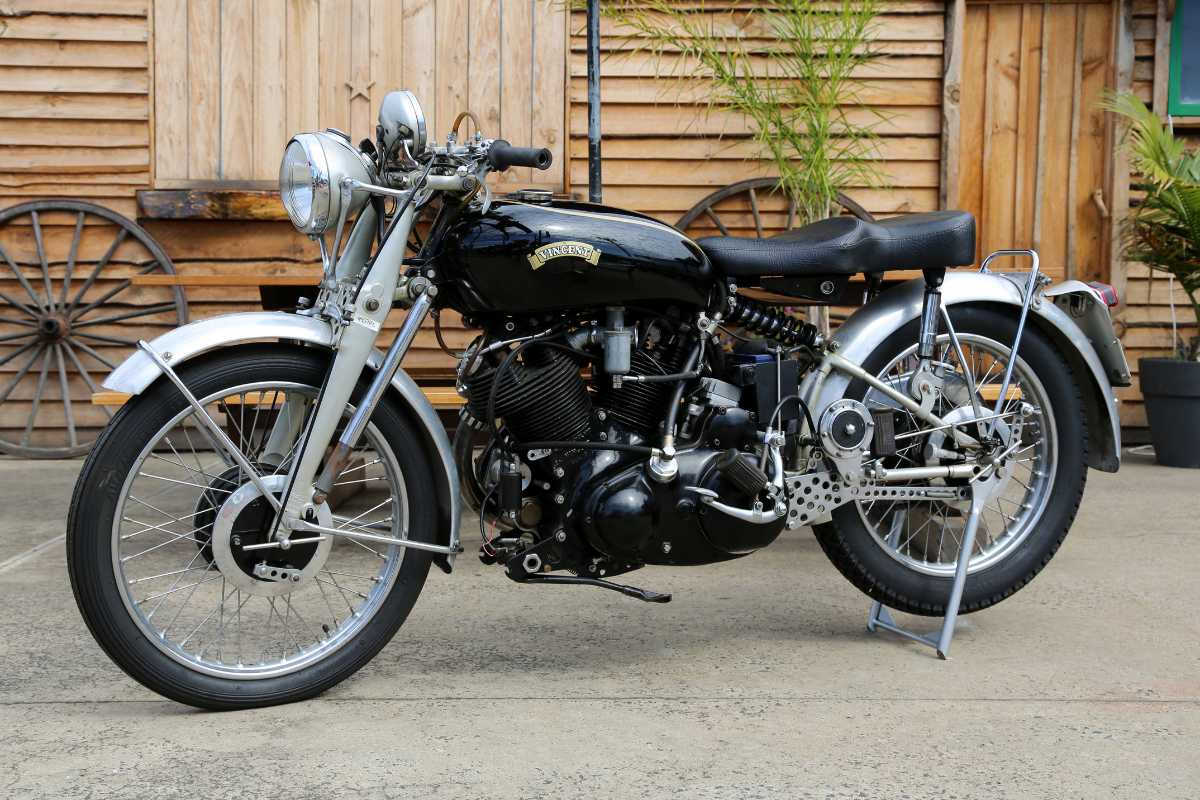


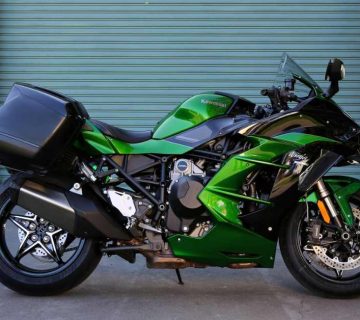
No comment